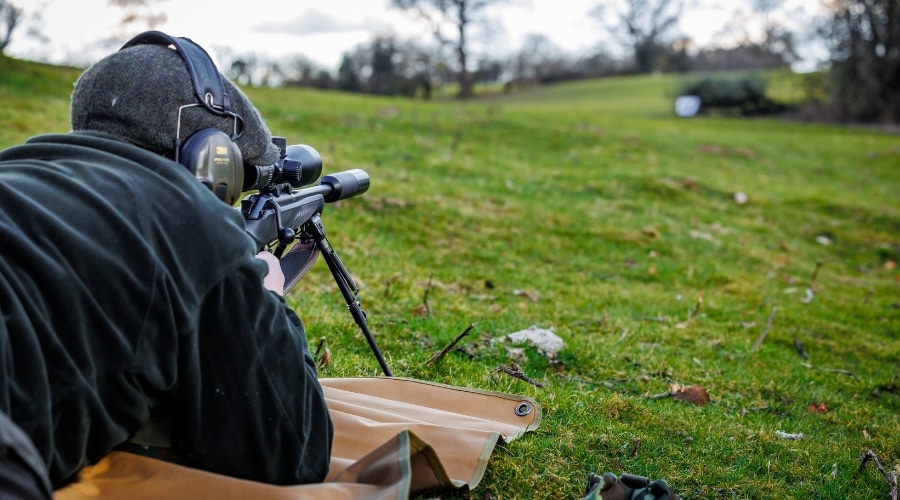
Delivering knowledge and skills for the future of shooting
We would like to hear from you to help shape BASC’s training courses and educational provision for the future.
Get information on the legal shooting season for mammals and birds in the UK.
Apply for funding for your project or make a donation today
Comprehensive information and advice from our specialist firearms team.
Everything you need to know about shotgun, rifle and airgun ammunition.
Find our up-to-date information, advice and links to government resources.
Everything you need to know on firearms law and licensing.
All the latest news and advice on general licences and how they affect you.
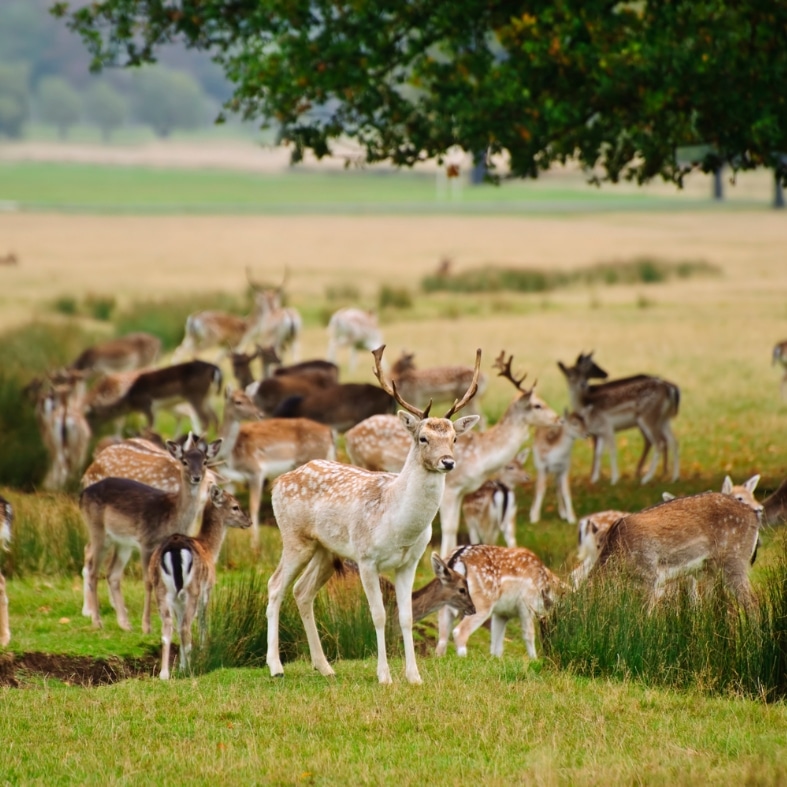

BASC deer advisor James Sutcliffe looks at two of the most destructive invasive non-native deer species which have made our isles their home.
What is an invasive non-native deer? Invasive non-native species are defined as “an introduced species that has a harmful effect on its environment”.
I would argue that all of our deer species can have harmful effects on their environment. However, red and roe are the only truly native species. Fallow usually get stamped with the badge of being ‘naturalised’. This essentially means they’ve been here that long that we are a bit more accepting of them (something that sticks in my craw knowing that they are one of, if not the main, culprit for causing huge amounts of damage).
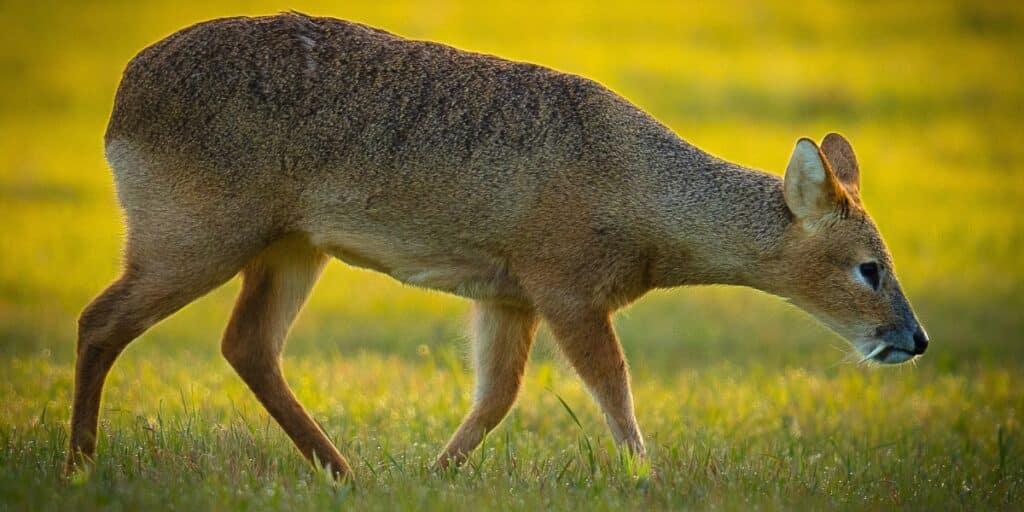
This leaves us with sika, muntjac and Chinese water deer. I would be the first to admit that I could count my personal experiences with Chinese water deer on one hand. I’ve stalked them a few times but wouldn’t call myself an expert on the species. The general feeling is that of the three invasive non-native deer, they aren’t the tree-destroying machines that other deer can be.
So, let’s look at the other two invasive invaders, with which I have significantly more experience.
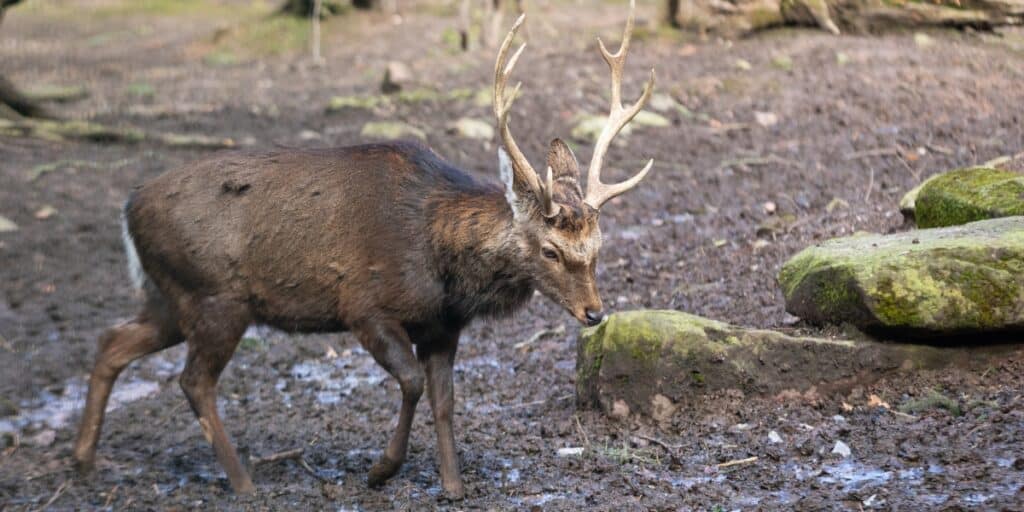
Sika are medium-sized deer hailing from Japan. Originally introduced to the UK in 1860, they have spread into the wild and thrived. They’re now found in ever-growing pockets across England, Wales, Scotland and Northern Ireland.
There are two main reasons why sika must be managed effectively. First is the damage they cause. Sika, much like our native deer, will browse, fray and strip bark from trees (with a particular taste for young growing trees), causing huge issues for timber-growing outfits.
However, what’s somewhat unique to sika stags, is their tendency to dig the antler tips into the tree trunks and gouge long gashes into them. This is known as ‘bole scoring’. As you would expect, this isn’t particularly healthy for the tree and is just another reason for keeping sika numbers in check.
It strikes me also that sika don’t do things by halves – if they thrash something they give it their all. I remember seeing my first sika wallow in Lancashire which looked like a bomb had hit the spot. Everything surrounding it was utterly destroyed with moss being ripped up and flung every which way. This somewhat reinforces this the sika’s reputation as an ‘angry’ deer, with its grumpy disposition and scowling face.
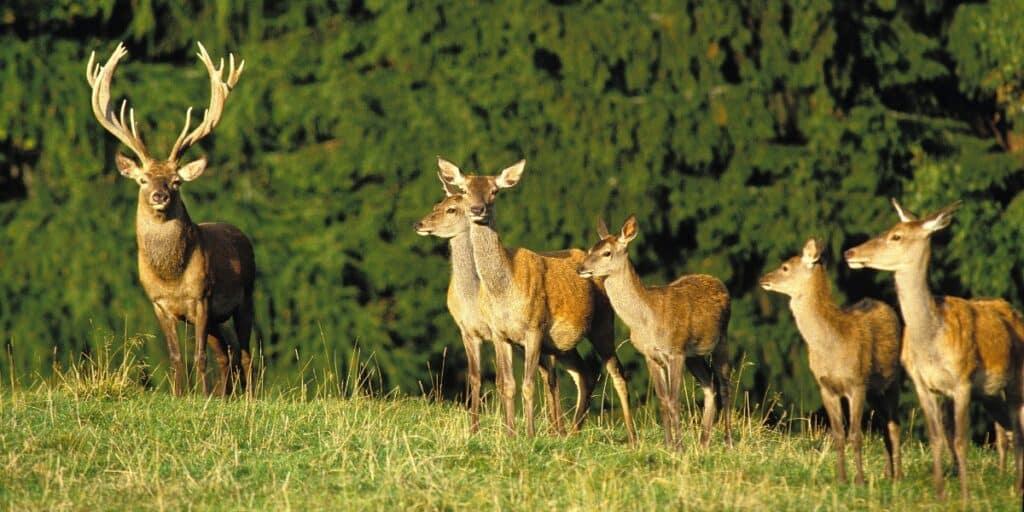
The second reason why sika deer are such an issue is a genetic one. Of all the deer species we have in the UK, sika are most closely related to our native red deer. In fact, they are so closely related, both belonging to the Cervus genus, that they can interbreed.
This hybridisation is a huge risk to the bloodlines of our red deer and can be very difficult to detect. The first offspring between a red and sika will look somewhat odd, with traits from both red and sika deer being very apparent. But subsequent offspring can be very difficult to identify, looking like either a normal red or sika deer.
This can make targeting hybrids troublesome and makes the job of keeping our red deer truly pure and native even more difficult.
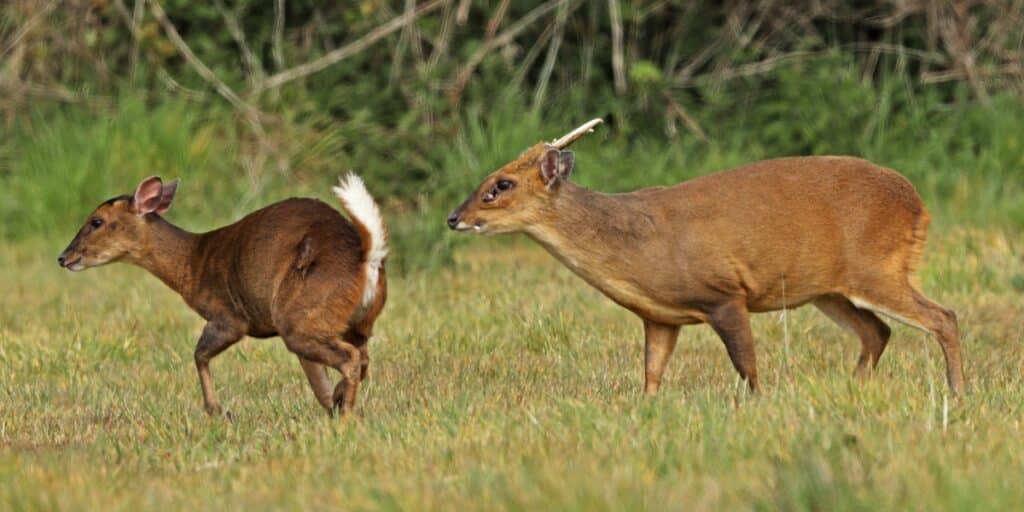
Muntjac are a truly fascinating species and unlike anything else found in our countryside.
They barely resemble a deer, with short, squat stature, alien-looking glands on their face, short hooks for antlers and sharp fangs. They are also remarkably small and not overly shaped like a deer, with their stout necks and short legs.
Their behaviour is also utterly unique among our deer. They prefer to tunnel under thick cover and are notorious for never standing still. Their small size, love for thick cover and energetic nature make muntjac a real challenge to manage effectively, though they are one of my absolute favourite deer to stalk.
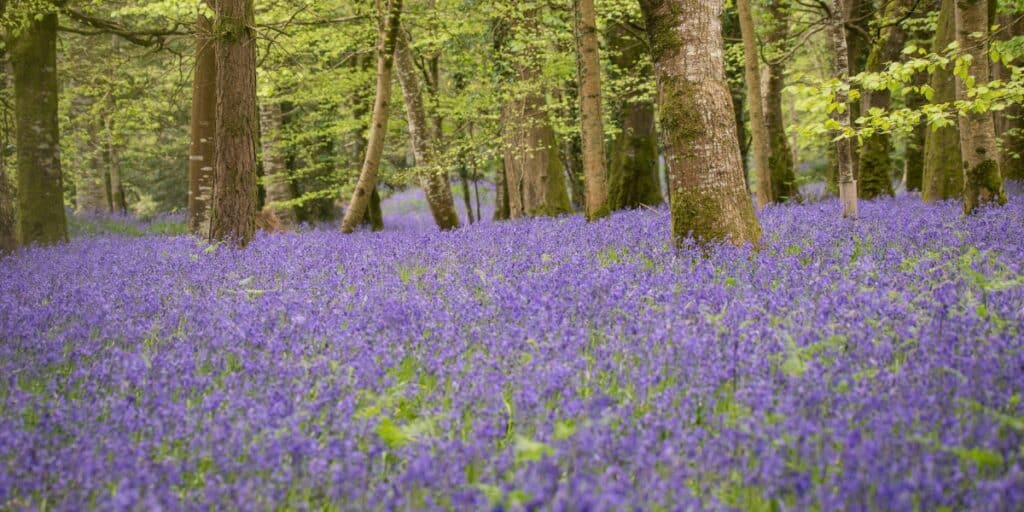
It is mainly their breeding habits make muntjac such an issue in our woodlands. Unlike every other species of deer in the UK, all of which have a particular time of year during which they breed, muntjac breed all year round. Not only that, but they are sexually mature at seven months and can become pregnant only a few days after giving birth. So, it’s easy to see why muntjac have spread like wildfire across England. They can currently be found across almost every county in southern and eastern England and the Midlands.
They are also remarkably good at popping up out of the blue in some bizarre places. There are tales of muntjac being spotted in Newcastle, North Wales, Northern England and even Northern Ireland. How they get there, I will leave to your speculation, but I would hazard a guess it involved the back of a van (let’s not forget that the release of any muntjac into the wild is illegal).
In terms of damage, muntjac are often overlooked as they don’t tend to have the same catastrophic effects on timber and agriculture as our larger deer. However, they do have a particular taste for our native plants, so bluebell woodlands take a real hammering when there are too many muntjac about.
I’m sure there will be people reading this who are more than used to seeing muntjac in their gardens feasting on their flower beds. A different kind of damage, but no less serious than the commercial damage caused by other deer species.

The role of the deer manager in controlling invasive non-native species is vital. Both sika and muntjac are a great source of tasty, healthy meat, too, and I highly recommend trying venison from both.
The Eat Game website has a library of recipes which can be used with venison from any of the deer species found in the UK. From real party stoppers to quick lunch ideas, definitely give them a go.


We would like to hear from you to help shape BASC’s training courses and educational provision for the future.
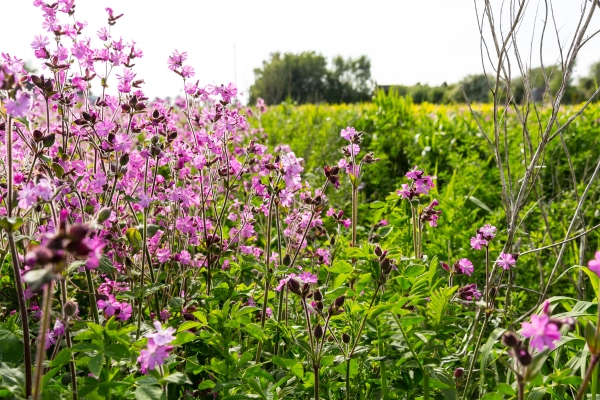
Ian Danby highlights the opportunities for shooting and landowners within 2024 updates to the English farming and environmental support schemes.
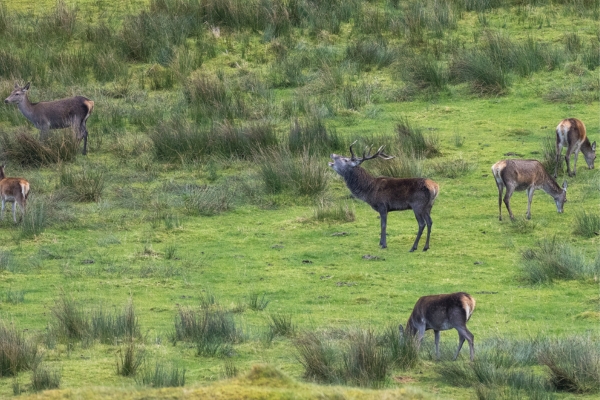
With proposals for major changes in deer management in sight, BASC Scotland director, Peter Clark, reflects on the latest developments.
Lorem ipsum dolor sit amet, consectetur adipiscing elit. Ut elit tellus, luctus nec ullamcorper mattis, pulvinar dapibus leo.
Sign up to our weekly newsletter and get all the latest updates straight to your inbox.
© 2025 British Association for Shooting and Conservation. Registered Office: Marford Mill, Rossett, Wrexham, LL12 0HL – Registered Society No: 28488R. BASC is a trading name of the British Association for Shooting and Conservation Limited which is authorised and regulated by the Financial Conduct Authority (FCA) under firm reference number 311937.
BASC Direct Ltd is an Introducer Appointed Representative of Agria Pet Insurance Ltd who administer the insurance and is authorised and regulated by the Financial Conduct Authority, Financial Services Register Number 496160. Agria Pet Insurance is registered and incorporated in England and Wales with registered number 04258783. Registered office: First Floor, Blue Leanie, Walton Street, Aylesbury, Buckinghamshire, HP21 7QW. Agria insurance policies are underwritten by Agria Försäkring.
If you have any questions or complaints about your BASC membership insurance cover, please email us. More information about resolving complaints can be found on the FCA website or on the EU ODR platform.